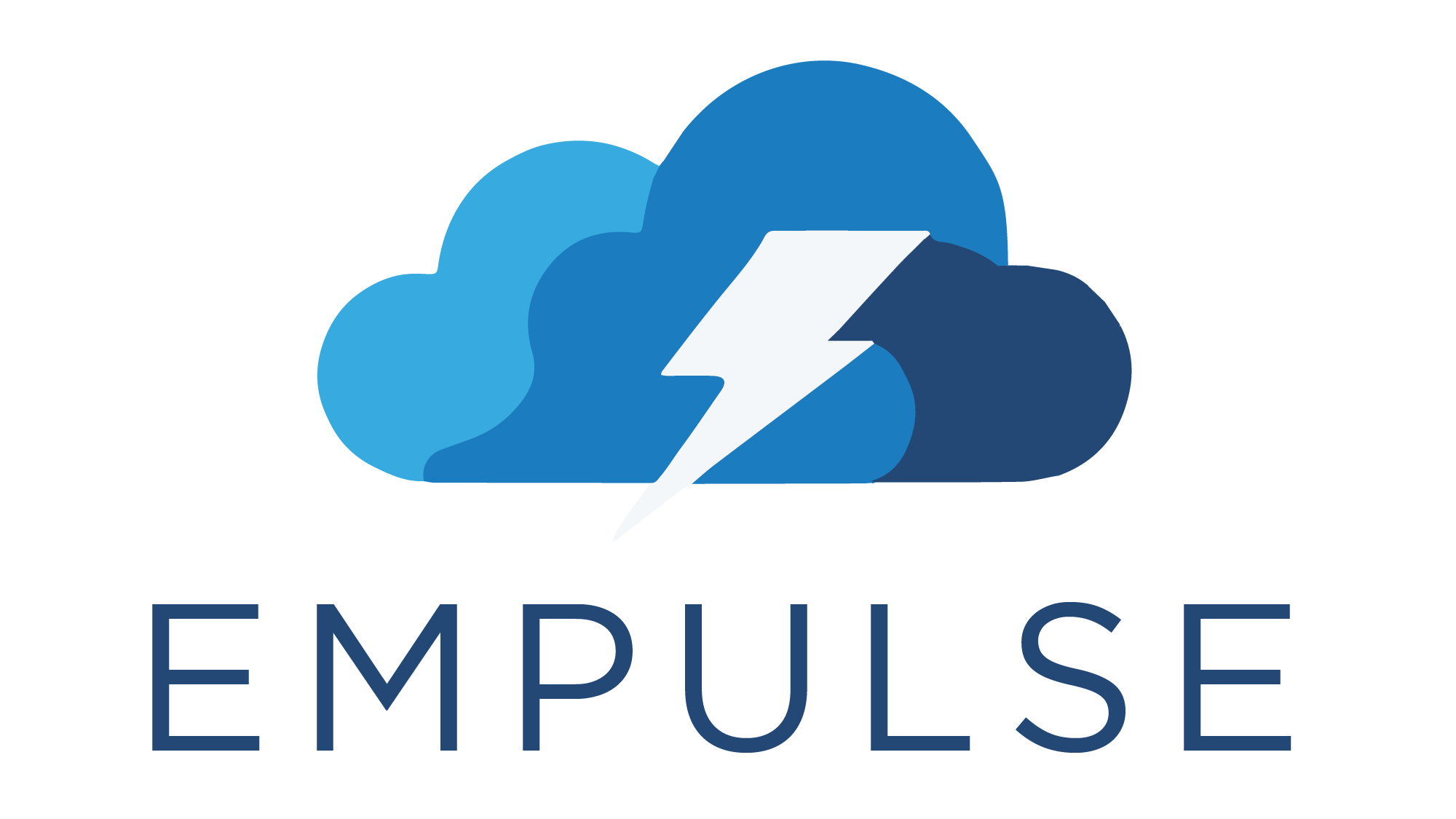2.2. Cost-Sensitive Gradient Boosting (CSBoost & B2Boost)#
2.2.1. CSBoost#
CSBoost is a cost-sensitive gradient boosting model that optimizes the
expected_cost_loss with the Extreme gradient boosting algorithm [1].
The CSBoost model is a wrapper around the xgboost.XGBClassifier model.
By default a XGBoost model with default parameters is used, if the user does not pass an instance of the XGBoost model.
However, the user can pass an instance of the XGBoost model to the CSBoost model to customize the hyperparameters.
from empulse.models import CSBoostClassifier
from xgboost import XGBClassifier
csboost = CSBoostClassifier(XGBClassifier(n_estimators=100, max_depth=3))
Note that if CSBoost is used in a context where the hyperparameters of the XGBoost model are set dynamically,
like for example when training a GridSearchCV,
the user should define a XGBoost model.
Otherwise sklearn will try to set the hyperparameters to a None value.
For example:
from sklearn.model_selection import GridSearchCV
csboost = CSBoostClassifier(XGBClassifier())
param_grid = {'estimator__max_depth': [3, 5]}
grid_search = GridSearchCV(csboost, param_grid, cv=2)
2.2.2. Cost Matrix#
CSBoost allows constant class-dependent costs to be passed during instantiation.
csboost = CSBoostClassifier(fp_cost=5, fn_cost=1, tp_cost=1, tn_cost=1)
Instance-dependent costs can be passed during training in the fit method.
import numpy as np
from sklearn.datasets import make_classification
X, y = make_classification()
fp_cost = np.random.rand(X.shape[0]) # instance-dependent costs
csboost = CSBoostClassifier(fn_cost=1, tp_cost=1, tn_cost=1) # class-dependent costs
csboost.fit(X, y, fp_cost=fp_cost)
Note that class-dependent costs can also still be passed during training. If costs are both passed during instantiation and training, the costs passed during training will be used.
2.2.3. B2Boost#
B2Boost can be seen as a use-case specific implementation of the CSBoost model specialized for B2B churn prediction. Instead of taking the abstract true positive, false positive, true negative, and false negative costs as arguments, B2Boost takes the customer lifetime value (CLV), the cost of the incentive offered to potential churners (as a fraction of the CLV of the customer), the contact cost, and the probability that a churn accepts the incentive as arguments. B2Boost sees the CLV of a customer and corresponding incentive cost as instance-dependent costs. All other costs are seen as class-dependent costs.
All aspects mentioned about the CSBoost model apply to the B2Boost model as well.
import numpy as np
from sklearn.datasets import make_classification
from empulse.models import B2BoostClassifier
X, y = make_classification()
clv = np.random.rand(X.shape[0]) * 100
b2boost = B2BoostClassifier(
estimator=XGBClassifier(n_estimators=100, max_depth=3),
accept_rate=0.2,
incentive_fraction = 0.05,
contact_cost = 10,
) # class-dependent costs
b2boost.fit(X, y, clv=clv) # instance-dependent costs

